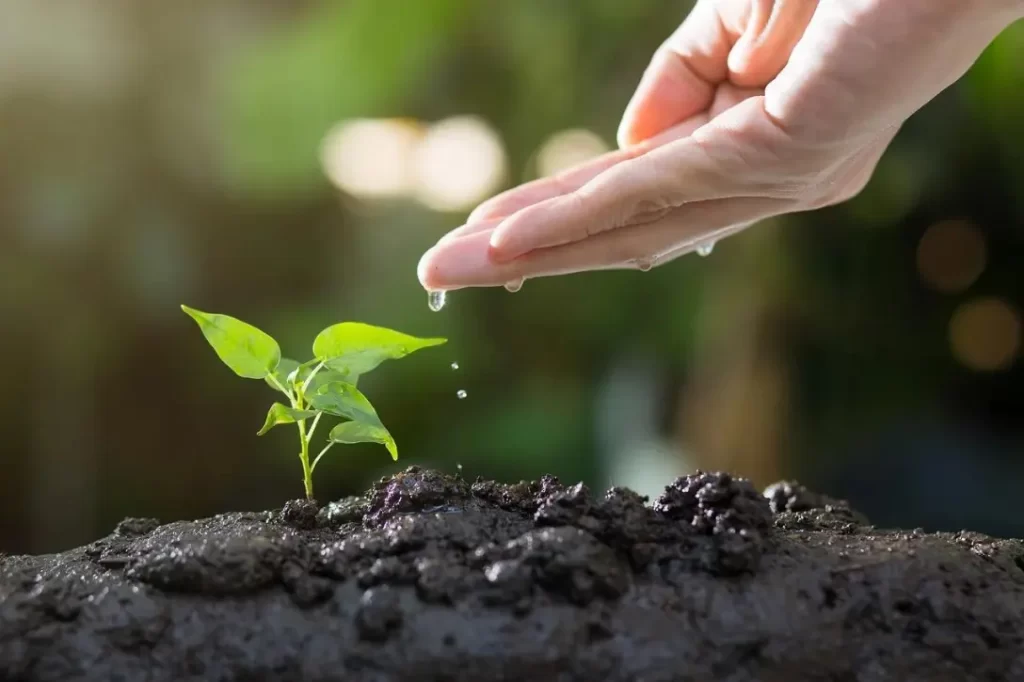Exploring the Art and Importance of Vermicomposting

In the quest for sustainable living and environmental stewardship, vermicomposting emerges as a shining example of nature’s ingenious recycling system. This organic process, facilitated by earthworms, transforms kitchen scraps and organic waste into nutrient-rich compost, offering a multitude of benefits for both the environment and human well-being. Let’s delve into the art of vermicomposting, its significance in keeping our planet clean, and its pivotal role in reducing environmental pollution.
Understanding Vermicomposting:
Vermicomposting is the process of using earthworms to break down organic materials, such as food scraps, yard waste, and paper products, into nutrient-rich compost known as vermicompost or worm castings. This natural decomposition process occurs in a controlled environment, typically within a specialized bin or vermiculture system.
How It's Done:
1.Selecting a Bin:
Choose a suitable container for vermicomposting, such as a plastic or wooden bin with drainage holes and a lid to regulate moisture and airflow.
2.Adding Bedding:
Start by layering the bottom of the bin with moistened bedding materials like shredded newspaper, cardboard, or coconut coir to create a comfortable habitat for the worms.
3. Introducing Worms:
Add red worms (Eisenia fetida) or another suitable species of composting worms to the bedding. These worms will feed on the organic waste and transform it into compost.
4. Feeding the Worms:
Gradually add kitchen scraps, fruit and vegetable peels, coffee grounds, tea bags, and other organic materials to the bin. Avoid adding meat, dairy, oily foods, and citrus fruits, as these can attract pests and disrupt the composting process.
5. Maintaining the Environment:
Keep the bedding moist but not waterlogged, and ensure proper aeration by fluffing the bedding occasionally. Place the bin in a shaded area with moderate temperatures (ideally between 55°F to 77°F or 13°C to 25°C).
6. Harvesting the Compost:
After several months, the organic materials will be transformed into nutrient-rich compost by the worms. Harvest the compost by gently scooping it from the bin, taking care not to disturb the worms. Use the compost to enrich soil in gardens, houseplants, and landscaping projects.
Importance of Vermicomposting:
1. Waste Reduction:
Vermicomposting diverts organic waste from landfills, where it would otherwise decompose anaerobically and produce methane, a potent greenhouse gas. By recycling kitchen scraps and yard waste into compost, vermicomposting reduces the volume of waste sent to landfills and mitigates the environmental impacts of organic waste disposal.
2. Soil Enrichment:
Vermicompost is a nutrient-rich fertilizer that improves soil structure, fertility, and moisture retention. It enhances microbial activity, promotes root growth, and increases the availability of essential nutrients for plants. By incorporating vermicompost into soil, gardeners can cultivate healthy, thriving plants without relying on synthetic fertilizers, which can pollute waterways and harm ecosystems.
3. Environmental Protection:
Vermicomposting plays a crucial role in environmental protection by minimizing pollution and preserving natural resources. Unlike chemical fertilizers and pesticides, vermicompost is organic and non-toxic, making it safe for plants, animals, and humans. By reducing the reliance on synthetic inputs and promoting sustainable agricultural practices, vermicomposting contributes to the conservation of biodiversity and the preservation of ecosystems.
Conclusion:
In a world grappling with environmental challenges, vermicomposting offers a beacon of hope and a practical solution for sustainable waste management and soil enrichment. By harnessing the power of earthworms to recycle organic waste into nutrient-rich compost, we can reduce pollution, conserve resources, and promote ecological balance. As stewards of the planet, let us embrace the art of vermicomposting and cultivate a greener, healthier future for generations to come.
